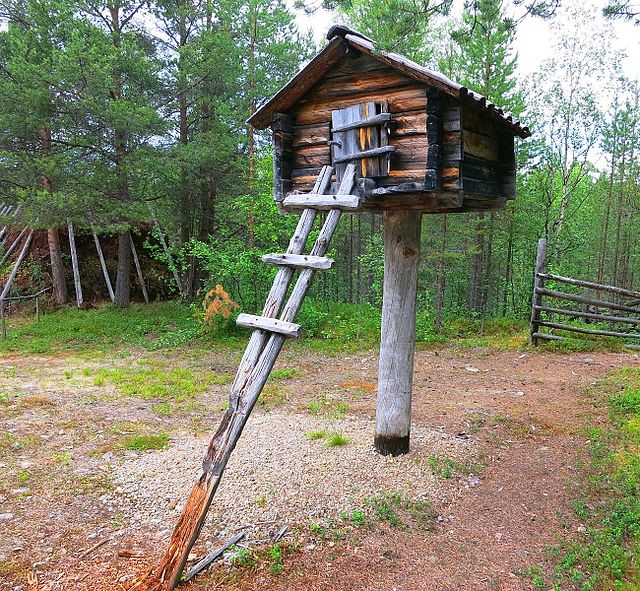What is a Structure?
We usually hear the term structure in civil engineering but what is the fundamental meaning of the this term?
A structure is simply a system of connected parts or elements used to support a load.

More specifically, in civil engineering, the word ‘structure’ is used to describe anything that is constructed or built from different interrelated parts with a fixed location on the ground.
This includes buildings, but the word “structure” may also apply to any group of joined components intended to support loads even if they are not intended to be inhabited. These are commonly referred to as “non-building” structures by engineers. Common illustrations include:
- Bridges.
- Canals.
- Dams.
- Railways.
- Roads.
- Retaining walls.
- Tunnels.
- etc
The Construction (Design and Management) Regulations suggest the meaning as:
(a) any building, timber, masonry, metal or reinforced concrete structure, railway line or siding, tramway line, dock, harbour, inland navigation, tunnel, shaft, bridge, viaduct, waterworks, reservoir, pipe or pipeline, cable, aqueduct, sewer, sewage works, gasholder, road, airfield, sea defence works, river works, drainage works, earthworks, lagoon, dam, wall, caisson, mast, tower, pylon, underground tank, earth retaining structure or structure designed to preserve or alter any natural feature and fixed plant;
(b) any structure similar to anything specified in paragraph (a);
(c) any formwork, falsework, scaffold or other structure designed or used to provide support or means of access during construction work,
Engineers must take into consideration economic and environmental restrictions as well as safety, aesthetics, and serviceability when constructing a structure to perform a certain purpose for the general public.
Often this requires several independent studies of different solutions before final judgment can be made as to which structural form is most appropriate. This design process is both creative and technical and requires a fundamental knowledge of material properties and the laws of mechanics which govern material response.
After a preliminary structural design is put forward, it must be examined to make sure it has the necessary stiffness and strength. The way the parts are supported and joined together must be idealised in order to assess a structure correctly. Codes and regional requirements are used to calculate the loadings, and structural analysis theory is used to estimate the forces acting on the members and their displacements.
The results of this analysis then can be used to redesign the structure, accounting for a more accurate determination of the weight of the members and their size.
As a result, structural design involves a cycle of consecutive approximations, with each cycle requiring a structural analysis.
Read Also:
